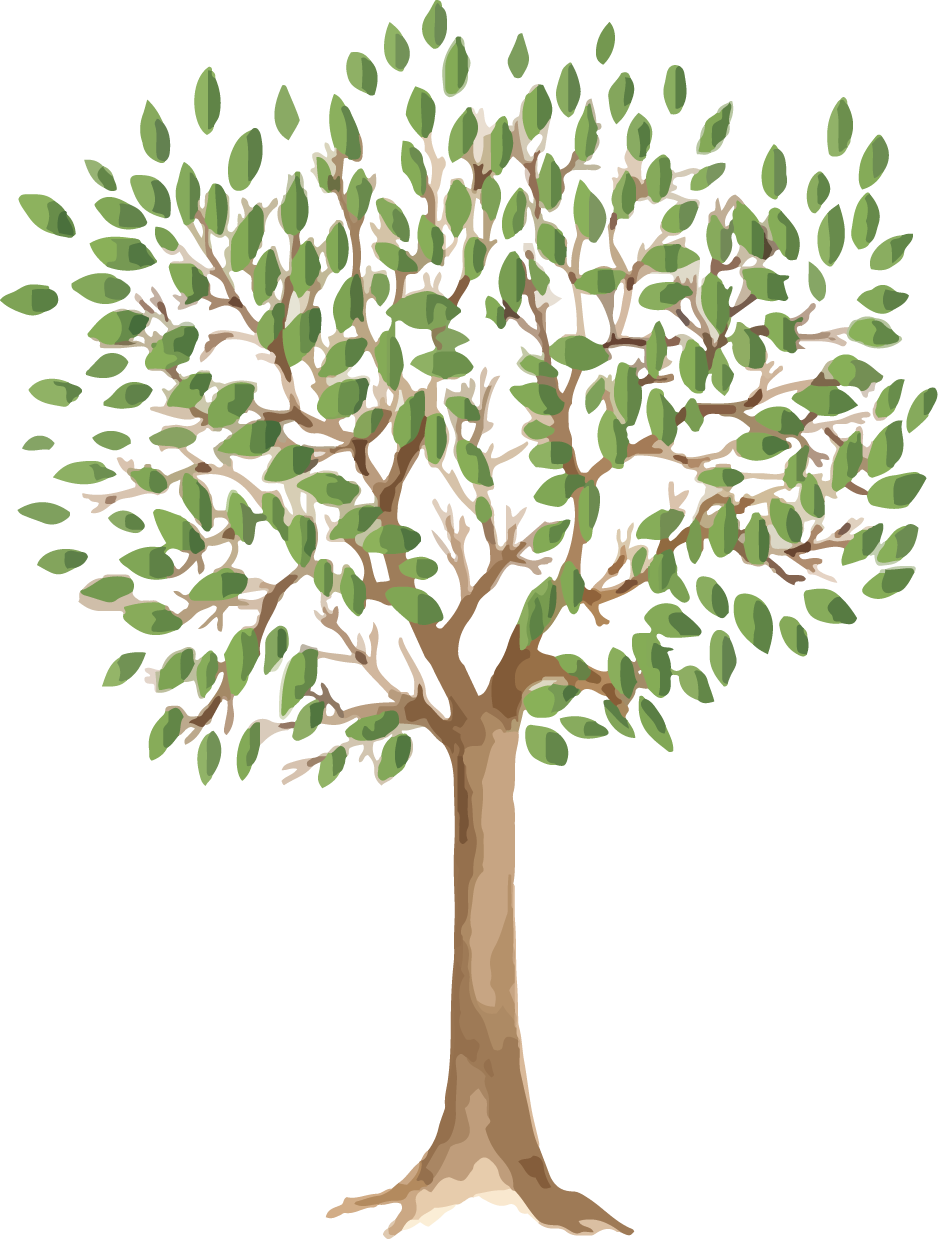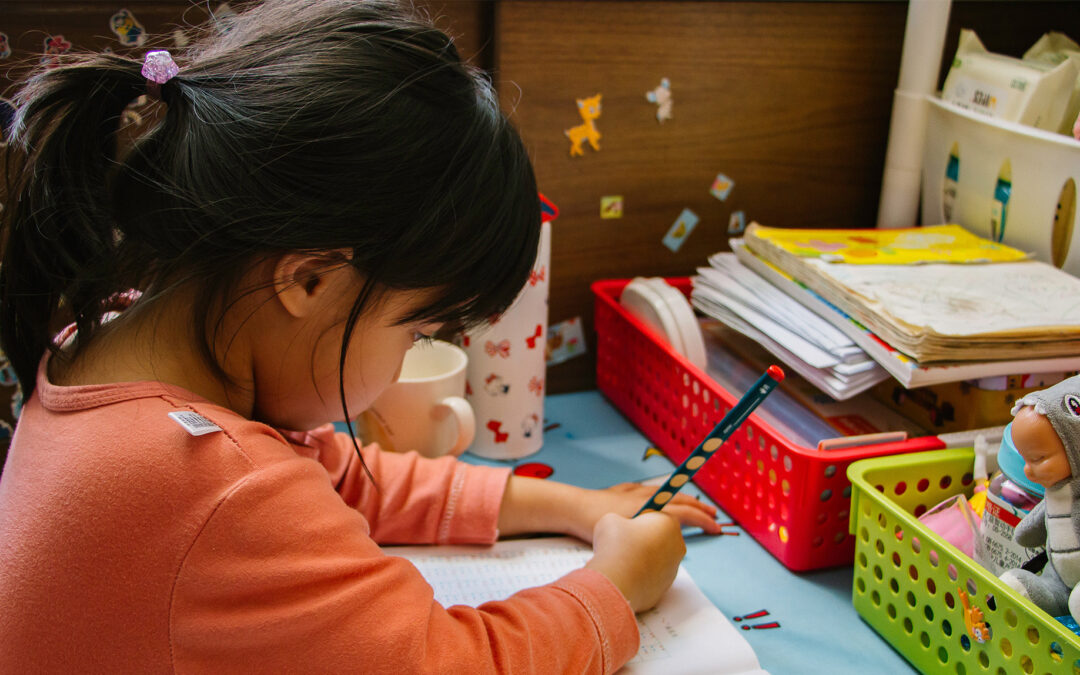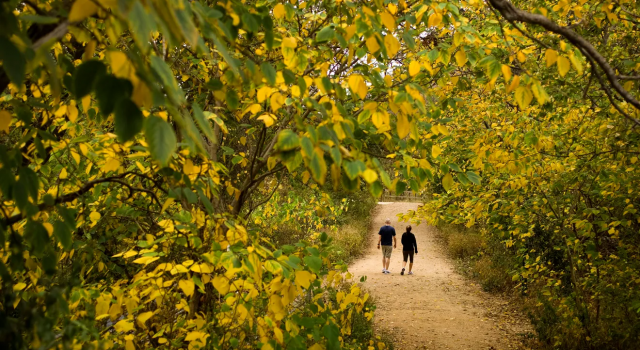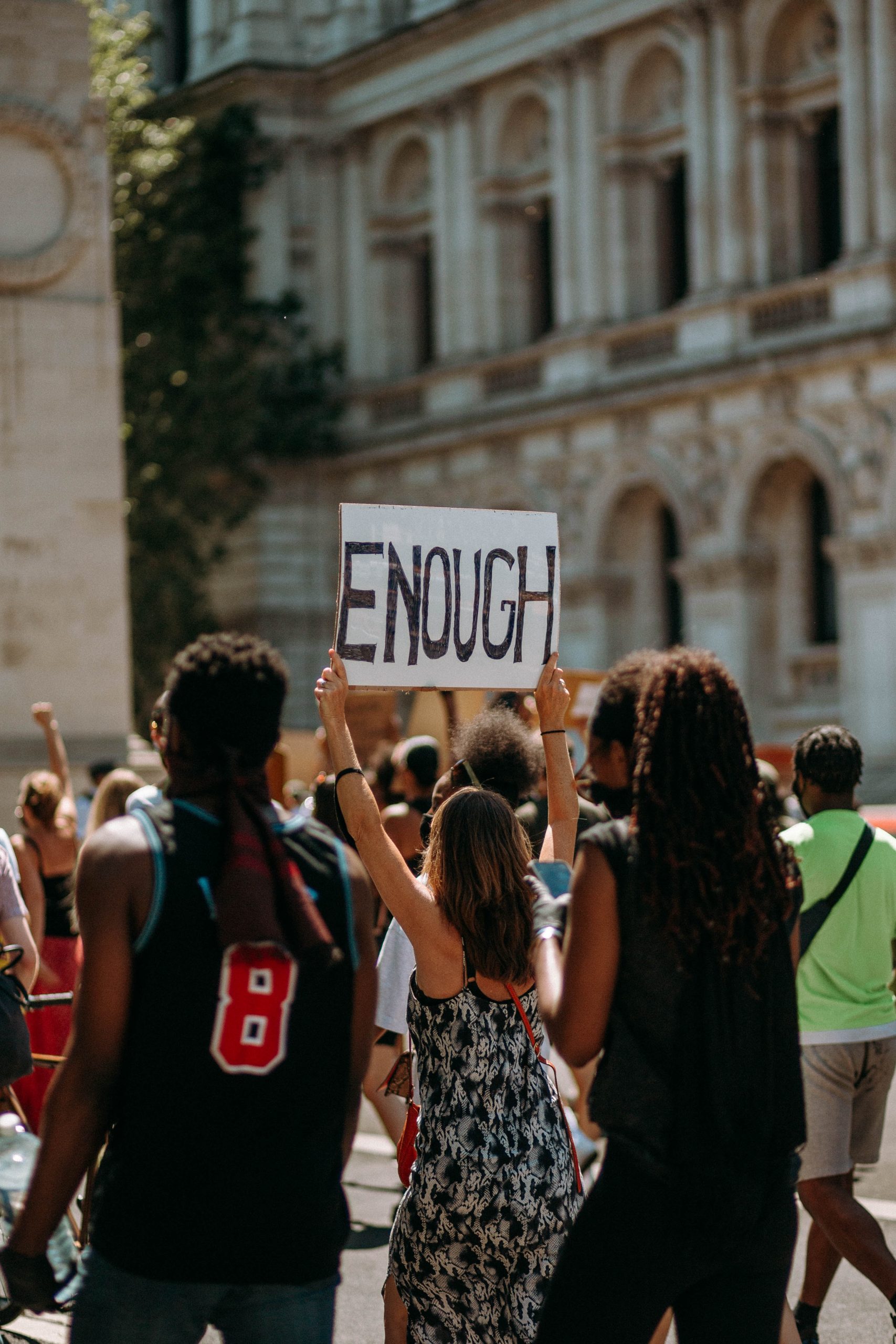It’s no secret that things are wonky right now…to say the very least…
- When people go in public, they’re sporting a new accessory…the face mask
- AND if someone isn’t wearing one, you definitely notice it
- Overnight, parents became home-school teachers, activity providers, house keepers, workers/providers, partners, and caretakers…need I say more?
- 2020 graduates aren’t having an in-person graduation to celebrate a milestone of their lives
- Iconic Austin restaurants are starting announcing permanent closures
- Because of shelter-in-place & social distancing…regular facetime with friends, family, and loved ones is either REALLY limited or not happening at all
I could go on, however, that doesn’t seem necessary. What is necessary, though, is how you feel in your body RIGHT NOW after reading that list. That sensation (whatever it may be) is happening because everything listed above is a lot to manage…especially because nobody was expecting a pandemic, and even if we were, we are all first-timers at this and adjusting to new things is often scary. There are a lot of big feelings that have been happening (for everyone) and those big feelings can be confusing…scary…unwelcomed…helpful…they can be all over the place, really, and learning how to navigate all of that is MUCH easier said than done, however, it is 100% doable with various mindfulness practices.
In my dear friend, Katy Manganella’s, blog on establishing a mindfulness practice, she defined mindfulness as “simply the practice of coming into the present moment”. Again…that can be a lot easier said than done, however, there are practical mindfulness tips & tricks below to help you navigate the world of feeling your feelings and looking for ways to ground yourself (especially during a particularly uncertain time).
Breathe
…yes! Start here! While this may feel like a silly (and oversimplified) suggestion, it’s arguably one of the easiest ways to start practicing mindfulness. Most of the time, we are breathing pretty shallowly…in fact, the last time a lot of us took an intentional deep breath was when a doctor had a stethoscope touching our chest or back and directed you to take deep breaths. Below are a few easy, simple ways to practice intentional, mindful, deep breathing.
- Box Breathing
- This is an easy technique that involves intentionally breathing in for a particular count (for example, 3)…so you breathe in (1, 2, 3) hold your breath (1, 2, 3) exhale (1, 2, 3), hold (1, 2, 3) and repeat. This article has a great video for a guided visual for help with box breathing.
- Another way to intentional breathe is to inhale for a particular count (let’s say 5) and exhale for a longer amount of time (let’s say 7). This is a GREAT way to help calm your nervous system.
Some people may try these out and realize they are still breathing shallowly…a way to learn how to breathe deeply & intentionally is to lie down on your back, put a book on your belly (probably something not too heavy) and breathe in and out with the intention of making the book move. This will require some work…and may not be the best technique for someone who has experienced trauma.
Tune into Your Senses
Another mindfulness tip is to tune into your senses. We are CONSTANTLY taking in sensory information and are typically in autopilot. Give yourself an opportunity to focus on one of your senses (sight, sound, touch, smell, or taste) and focus ONLY on that one sense for 2 minutes (set a timer if you need to so you’re not focused on the time the entire time).

For example, if I was focusing on touch in this very moment–I would notice:
- My computer (not a very mindful thing…but figured I’d be honest)
- The keys feel different than the touch pad
- The texture of the couch I’m sitting on
- The soft, fuzzy blanket next to me
- My dog’s fur
…I was actively noticing those (although admittedly, I was distracted because I’m writing this), however, it was a nice moment to truly slow down. Give yourself permission to slow down and notice things around you.
Things to keep in mind: Taste may NOT be the best sense to focus on…and if you choose smell–know that it’s okay if you don’t smell anything. Don’t force it. Rather, notice what it’s like to not smell anything in that moment. It sounds woo-woo (and maybe it is), but I promise there’s a method to my madness.
Pay Attention to Your Body

…which is another tip that’s easier said than done. For as long as I can remember, I have heard phrases like “I had a gut feeling…” or “…that made the hairs on the back of my neck stand up!” It wasn’t until I was in my early 20s that I understood that that was our bodies communicating messages to us (I promise…method to my madness) and it wasn’t until my late 20s (and MAYBE even my 30s) that I truly understand what that meant.
Even though I’m actively living what you are right now…a global pandemic…and I’m 100% aware of things that are happening around us, when I wrote the list out of changes that are happening all around us, I had a physical reaction to it…I felt a pit in my stomach and a heaviness in my chest…and as I sat with that for a while…I was able to name what was going on: feeling sad (about things happening around us), curious/anxious (about the future), and even a little stuck (because of the uncertainty of the future). That can feel like an overwhelming amount of information to realize from simply noticing a sensation in your body…and some days, it is.
However, the more you notice physical sensations that are happening, the more you can name what feeling(s) you’re experiencing, and the more you can access (and hopefully name!) what you’re needing…otherwise you might just feel foggy, agitated, anxious…or all of the above and feel like you just can’t shake what’s happening inside of you.
Side note: The Emotionary is a book of words that don’t exist for feelings that do. It’s NOT child-friendly and is a fun, great way to access some of the mixed/morphed/big feelings you have.
Guided Meditation
What comes to mind when you hear the word “meditation”? I called my best friend (a business attorney…so someone who is NOT in the mental health world) and she made a joke about lighting incense, holding hands, and chanting…while that can paint the picture of what meditation looks like for some people, that’s not what it’s always like (I promise!). You can google “guided meditation” and be gifted with SO many options–which is great! You can find meditations for specific purposes (e.g.: waking up or relaxing) or a particular amount of time (e.g.: 2 minutes or 20 minutes). Mindfulness
Check out some of my favorites:
- 5-Minute Meditation You Can Do Anywhere
- Refresh & Energy Boost
- An Honest Mediation
- Note: This is not kid-friendly and uses profanity.
Practice Self-Compassion

By definition, self-compassion involves “extending compassion to one’s self in instances of perceived inadequacy, failure, or general suffering” (for more information on it, check out Kristin Neff’s work!) I know I’ve repeated myself a few times now…but this is DEFINITELY easier said than done. An easy way to start practicing self-compassion is simply by using the word “and”.
- “I feel like a failure as a parent right now….AND I’m doing the best that I can”
- “I feel really anxious because of the uncertainty around us…AND thank goodness I have a therapist I can talk to about these feelings”
- I’m so upset that I don’t get to have a normal graduation…AND I am grateful for ways I can celebrate in the future”
- “I love my family, but am SO tired of being around them/I feel like I need a break…AND that’s okay!”
See what I did that? That’s self-compassion in a nutshell. It’s SO easy to get caught up in negative self-talk (especially when we’re surrounded by stress, anxiety, and scarcity thinking)…rather than getting bound to black-and-white & all-or-nothing thinking, embrace the beauty of “and” andallow multiple experiences to happen at once. After all, that IS the human condition…right?
You might read some of the tips & tricks and think “YES! This sounds perfect” and others you might be more like “Nope…no thanks”. Both of those reactions are completely fine and to-be-expected. Whatever tip or trick you gravitate towards, try incorporating that into your life on a regular basis…the more practice you have doing it on the daily, the more likely you will be able to pull that out of your toolbox when you’re feeling a lot of big feelings and are needing something to ground you.

Follow her on Instagram for more mindfulness tips & tricks and reminders/guidance for feeling your feelings!











